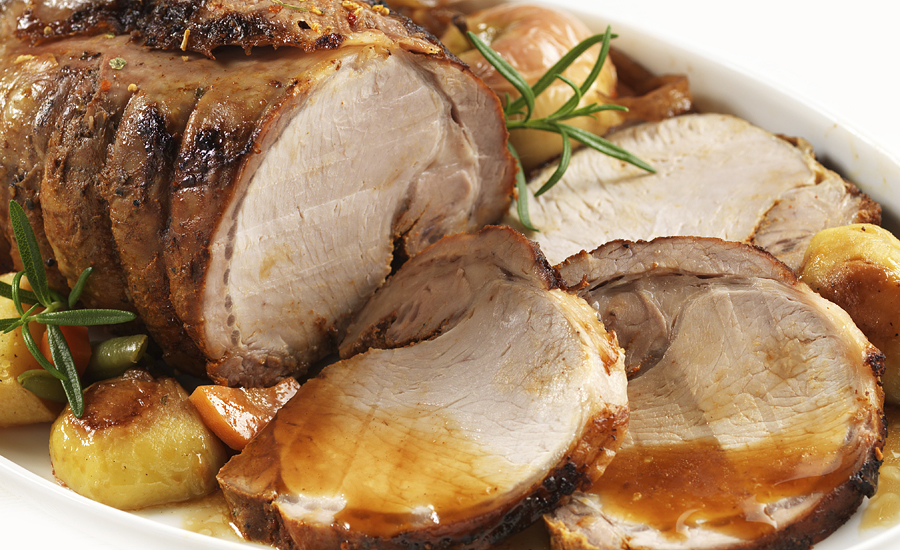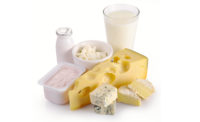Study: U.S. pork industry expands in response to rising global demand
The impending increase in demand for hog supplies will create favorable terms for producers.

Strong profitability and rising global demand create a strong incentive for U.S. pork processors to expand capacity. The impending increase in demand for hog supplies will create favorable terms for producers, while intensified competition among processors could lead to a short-term compression in packer margins, according to a new report from CoBank, Denver, Colo.
"U.S. pork packing capacity will increase 8-10% percent by mid-2019, when five processing facility construction projects are complete and fully operational," says Trevor Amen, an economist with CoBank who specializes in animal protein. "Hog production is expected to increase 2-4% percent in both 2017 and 2018 to meet the demand for more supplies, with the bulk of the increased production coming from small to mid-size pork producers in the Midwest."
Three new state-of-the-art pork processing facilities with the capacity to process more than 10,000 hogs per day are currently under construction. Two of the facilities are being built in Iowa and one in Michigan. Two smaller plants with daily capacities of less than 5,000 head are being renovated in Missouri and Minnesota.
"As each of the new projects comes online, hog supplies will adjust upward," says Amen. "Transitional market conditions such as these typically come with increased price volatility over the short term, and bargaining leverage will shift in favor of producers, as the expansion of hog supplies catches up with processing capacity."
However, lean hog prices may soften until a new market equilibrium is established and an increase in exports fills the demand gap, adds Amen.
Exports will play a critical role
The success of this substantial increase in processing capacity and hog production hinges largely on continued global demand for U.S. pork. While exports in 2017 are up 15% through April, total annual exports for the year are expected to increase 5-8% percent, with an additional increase of 3-6% in 2018.
"Continued global demand for U.S. pork will be a critical factor, as the market adjusts over the next two years," says Amen. "Domestic consumer demand has been very strong, and we expect that to continue. However, prospects for a further boost in domestic demand are limited. Therefore, export markets will have to absorb the production increases."
U.S. producer access to foreign markets will be critical to preventing a domestic supply glut as well as deterioration in margins for both producers and processors.
Upgrades to processing facilities will continue
To remain competitive, processors must continuously upgrade or replace existing facilities to implement new technology, including automation and mechanisms that ensure compliance with stricter food safety standards.
"Historically, initial losses in new or expanded plants are inevitable, and packer margins are typically narrower than pre-expansion," says Amen. "But, margins improve and normalize following the transition period, and processors are better positioned with efficiency gains and an improved ability to customize production."
Longer-term pressure could persist for older plants, as aging technology inhibits efficiency gains. Eventually, the cycle of replacing older infrastructure will reach its next phase and new investments take the place of retired capacity.
Looking for a reprint of this article?
From high-res PDFs to custom plaques, order your copy today!





